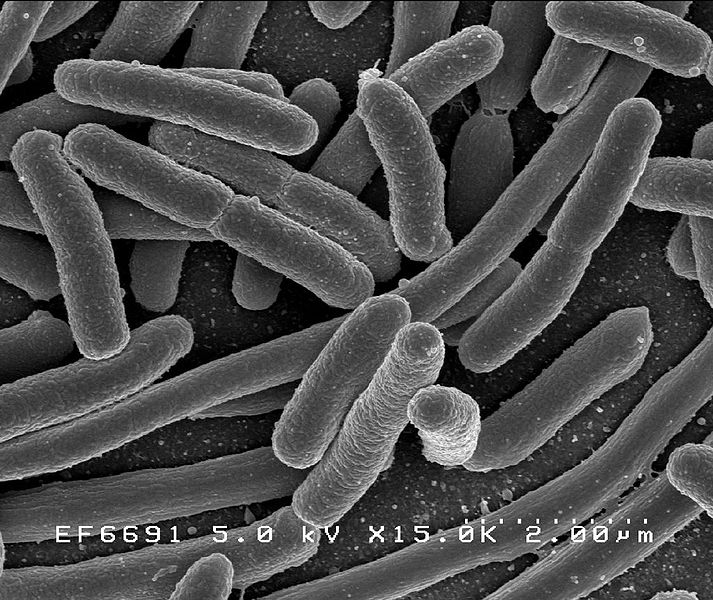Soil-dwelling bacteria are the source of the antibiotic resistance genes that are making many infections hard to treat, researchers have shown  this week.
this week.
Writing in Science, Washington University St Louis scientist Kevin Forsberg and his colleagues collected soil samples from a range of environments including farmland, towns, cities and forests across the US.
The soils, together with their resident microbial populations, were added to culture medium in the presence of hefty doses of the common classes of antibiotics used clinically.
The idea was to select out from these non-pathogenic soil microbes any that were already naturally resistant to the drug compounds. DNA was then extracted from these bugs and transferred to a fully antibiotic sensitive laboratory E. coli strain which was also then cultured in the presence of antibiotics.
Under these conditions, any bugs that grew must have acquired a piece of DNA containing resistance genes from the drug-resistant soil-dwellers.
The researchers then sequenced the DNA from the surviving bugs and compared it with similar sequences obtained previously from drug-resistant clinical isolates obtained from patients.
At least seven resistance genes mapped by the team, including the neighbouring DNA sequences that control the genes themselves, were "a perfect match" between the two, meaning that they were, without doubt, from the same source.
In other words, the resistance cropping up clinically must have its origin in environmental organisms. This lays to rest previous claims that the antibiotic resistance seen in human pathogens overwhelmingly represents new mutations picked up by bugs.
Instead, human pathogens are picking up their resistance traits by borrowing genetic material from non-pathogenic soil organisms.
"This is probably something we should worry about," says Forsberg. Because antimicrobial use in agriculture accounts, weight for weight, for the vast bulk of antibiotic consumption worldwide and represents a direct route for drug agents straight into the environment where resistant bugs can be enriched.
The process may also not be a one-way street: resistance and virulence factors arising in human pathogens, the team point out in their paper, might then also be shuttled back into soil microbial communities leading to the emergence of new humans threats amongst previously innocuous environmental organisms.
"It's the stuff nightmares, not dreams, are made of," says Forsberg, sombrely.










Comments
Add a comment